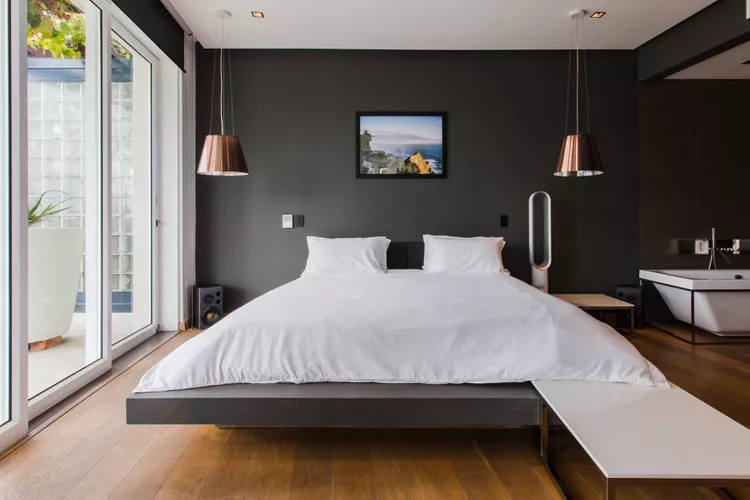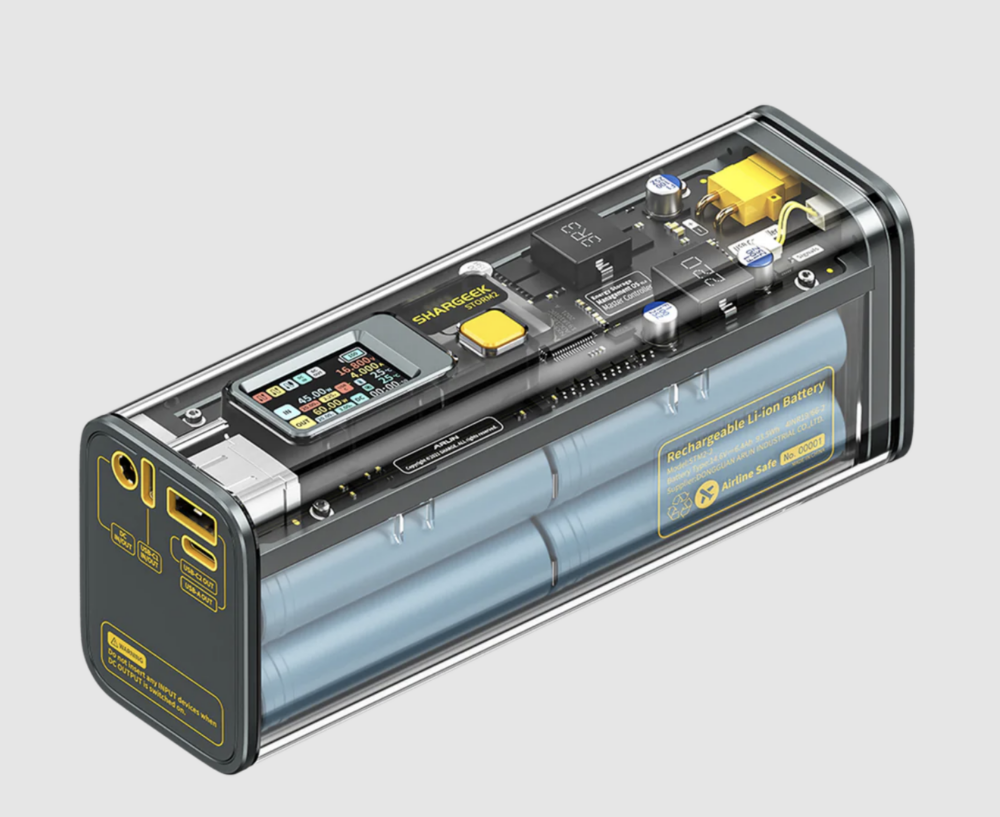For the project, I haven’t decided what I wanted to make but I am most likely going to use a minimalist and functional aesthetic. To be honest, I don’t see myself having or following a specific aesthetic, I always just enjoy simple things that work. I definitely don’t follow a minimalist life, I have too much useless stuff laying around, but I can appreciate the “cleanliness” and the focus on function of the aesthetic. For example, I’d rather wear a plain black shirt rather than one with graphics; or I’ll hang pictures in basic frames rather than hanging highly decorated tapestries.

Minimalistic room, The Spruce, Michelle Becker [2]
I find this excerpt from Sotheby’s About Minimalism page interesting:
“Emptied of external references, the art object’s literal presence – it’s physical qualities, relationship to its surroundings, and the phenomenological experience of the viewer encountering the work – is foregrounded.” [1]
Sotheby’s page is describing the movement from an art perspective, but I read it from an engineering perspective and it still applies. I would like to apply this mentality of focusing on the actual use of the piece over looks. Of course, I want to have a visually pleasing project, as this is an aesthetics design course, but I want to keep extra material to a minimum.
Aside from designing minimally, I’d like the aesthetic to focus on the function. I don’t want to call it industrial or futuristic aesthetics, but possibly a technology aesthetic. If I were to build something with electrical components, I want it to be behind a see through cover. I intend for the functional components to be the decoration.

Shargeek 100 Battery Pack [3]
The see through battery pack above is an example of where I got the idea from. I’d rather see the components inside than a print of an image or just a solid color. I don’t plan on making an entire electrical project, but this is the aesthetic and look I am aiming for.
Citations:
[1] Sotheby’s. https://www.sothebys.com/en/art-movements-minimalism
[2] Becker, Michelle. https://www.thespruce.com/what-is-minimalist-design-4796583
3 Comments. Leave new
I agree with your stance on feeling like you don’t have a set in stone aesthetic and really just enjoy the simple things. I think your idea of doing an electrical component with expose parts is very interesting and I am excited to see what you come up with.
Hey Kevin, I like how you described your personal preferences on how you like your t-shirts to lack graphics and maintain a minimalistic look and how that is translating to the aesthetic you will use for your project. I am also a fan of the functional approach to an aesthetic and keeping a product in its raw form and exposing its frame by not worrying about its visual appeal or hiding its contents. I’m curious to see where you will take this project and how exactly you will incorporate this aesthetic with it.
I definitely see the appeal in the aesthetic you’ve detailed, especially the example you’ve provided that has exposed the interworkings as opposed to some generic plastic cover. Given that you’re not considering anything electrical, are you aiming for something like a prop that looks advanced but has no real utility or perhaps something that acts like storage?